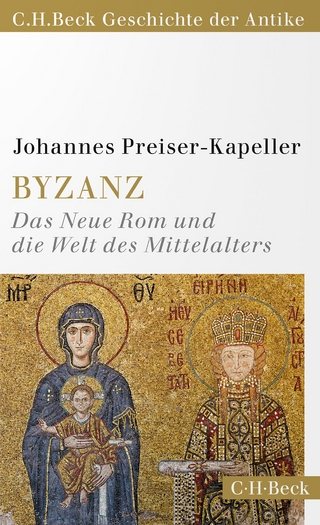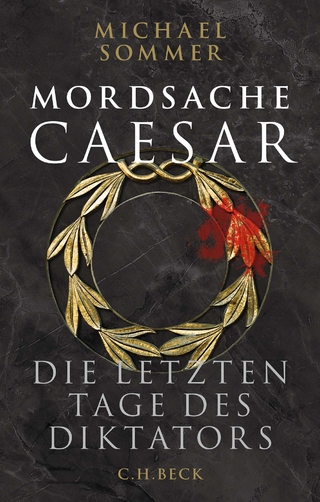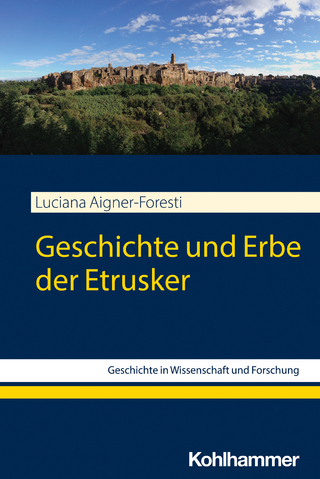
The Origins of Greek Temple Architecture
Seiten
2022
Cambridge University Press (Verlag)
978-1-108-49947-7 (ISBN)
Cambridge University Press (Verlag)
978-1-108-49947-7 (ISBN)
This book offers a comprehensive study of the evolution of pre-archaic Greek temple architecture from the eleventh to mid-seventh century BCE. It will be a resource for scholars and students of archaeology, Greek religion, ancient history, architectural history, art history, and construction history.
In this book, Alessandro Pierattini offers a comprehensive study of the evolution of pre-archaic Greek temple architecture from the eleventh to mid-seventh century BCE. Demystifying the formative stages of Greek architecture, he traces how temples were transformed from unassuming shrines made of perishable materials into large stone and terracotta monuments. Grounded in archaeological evidence, the volume analyzes the design, function, construction, and aesthetic of the Greek temple. While the book's primary focus is architectural, it also draws on non-architectural material culture, ancient cult practice, and social history, which also defined the context that fostered the Greek temple's initial development. In reconstituting this early history, Pierattini also draws attention to new developments as well as legacies from previous eras. Ultimately, he reveals why the temple's pre-Archaic development is not only of interest in itself, but also a key to the origins of the Greek monumental architecture of the Archaic period.
In this book, Alessandro Pierattini offers a comprehensive study of the evolution of pre-archaic Greek temple architecture from the eleventh to mid-seventh century BCE. Demystifying the formative stages of Greek architecture, he traces how temples were transformed from unassuming shrines made of perishable materials into large stone and terracotta monuments. Grounded in archaeological evidence, the volume analyzes the design, function, construction, and aesthetic of the Greek temple. While the book's primary focus is architectural, it also draws on non-architectural material culture, ancient cult practice, and social history, which also defined the context that fostered the Greek temple's initial development. In reconstituting this early history, Pierattini also draws attention to new developments as well as legacies from previous eras. Ultimately, he reveals why the temple's pre-Archaic development is not only of interest in itself, but also a key to the origins of the Greek monumental architecture of the Archaic period.
Alessandro Pierattini is Assistant Professor in the School of Architecture at the University of Notre Dame. A scholar of ancient Greek and Roman architecture, he is a member of the University of Chicago excavations at Isthmia, Greece.
Introduction; 1. Origins and legacies. Early Iron Age temples and the question of function; 2. The rise of monumental temples (eighth to mid-seventh centuries BC); 3. Technological innovation and permanence (first half of the seventh century); 4. Conclusion; Appendices: Appendix 1: wind force for destabilizing a mud brick wall; Appendix 2: labor for manufacturing a monolithic sarcophagus; Appendix 3: labor for stonework at Isthmia.
| Erscheinungsdatum | 29.09.2022 |
|---|---|
| Zusatzinfo | Worked examples or Exercises |
| Verlagsort | Cambridge |
| Sprache | englisch |
| Maße | 182 x 259 mm |
| Gewicht | 850 g |
| Themenwelt | Kunst / Musik / Theater ► Kunstgeschichte / Kunststile |
| Geisteswissenschaften ► Archäologie | |
| Geschichte ► Allgemeine Geschichte ► Altertum / Antike | |
| Technik ► Architektur | |
| ISBN-10 | 1-108-49947-3 / 1108499473 |
| ISBN-13 | 978-1-108-49947-7 / 9781108499477 |
| Zustand | Neuware |
| Informationen gemäß Produktsicherheitsverordnung (GPSR) | |
| Haben Sie eine Frage zum Produkt? |
Mehr entdecken
aus dem Bereich
aus dem Bereich
das Neue Rom und die Welt des Mittelalters
Buch | Softcover (2023)
C.H.Beck (Verlag)
CHF 30,80


